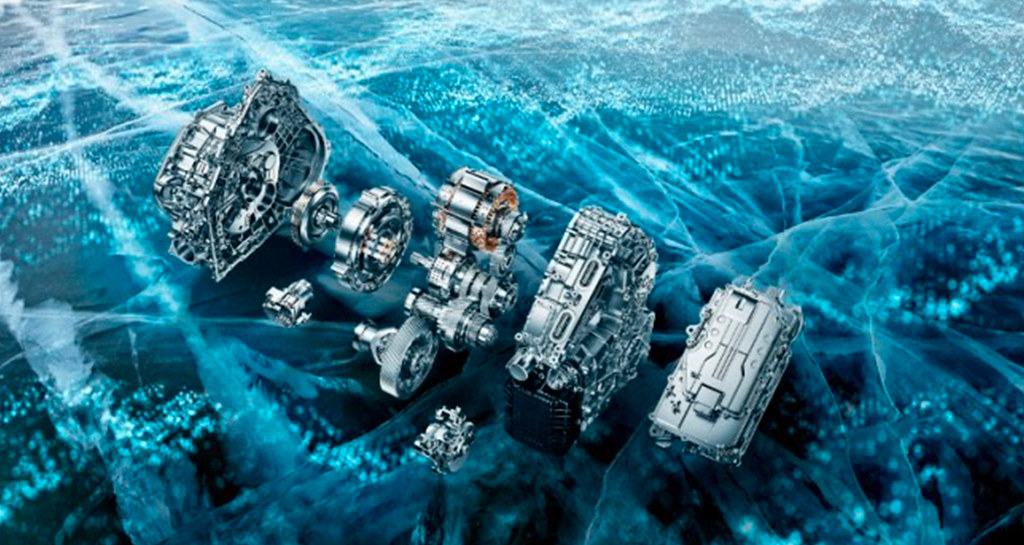It’s 1978, and the world is changing. Space Invaders spreads to arcades across the globe and launches the video game industry. The first automated cellular phone network is being built in Japan and Superman takes off in cinemas.
Another product is launched which, over the next four decades, will bring mobility to 4.7 million people—the Mitsubishi 1-ton pickup. It’s a pickup truck that can handle all types of road, anywhere on the planet. It has been developed with a simple yet challenging design brief—to meet the desire of customers for a pickup with outstanding reliability, durability, and payload performance; with levels of drivability, utility, comfort, and ride that are on a par with a sedan.
The first models were appropriately named Forte (Spanish for “strength”), although exports used other badges such as L200, which remain in use today. To ensure customers could go even further afield, Mitsubishi Motors built on its four-wheel-drive heritage by adding a 4×4 version to the range in 1980. This became the foundation for modern Mitsubishi 4WD vehicles, leading directly to the Strada, Pajero, and Montero Sport.
The pickup had a profound effect on the Mitsubishi Motors’ business, too. The first- and second-generation platforms were mainly produced at Mitsubishi Motors Ohe Plant. Since the third-generation model in 1995, production has been concentrated in the Laem Chabang Plant in Thailand, from where they are exported worldwide. It is now Mitsubishi Motors’ biggest factory, producing about 400,000 vehicles.
Here is a reminder of the previous generations of the L200/Strada—and a glimpse at what the near future holds.
1st generation
September 1978
The prototypes underwent rigorous endurance testing on a massive scale in North America, Thailand, and Saudi Arabia to ensure reliability. A total of approximately 657,000 vehicles were produced in the Ohe Plant in Japan, and partially in the Laem Chabang Plant in Thailand.
- Forte, a 1-ton pickup truck was introduced in Japan and exported with names including L200.
- The only body option was a single cab. Power was from a 2.0-liter petrol, with a 2.6-liter option for North America and 1.6-liter engine for Japan and other regions.
2nd generation
March 1986
With the second-generation Mitsubishi pickup, the naming changed too, with double-cab Strada being introduced in Japan in 1991. The model was also called Mighty Max in North America, Triton in Australia, and L200 in other areas. In North America, it was also sold by Dodge as the RAM 50. A total of approximately 1,146,000 2nd-generation models were produced in the Ohe Plant in Japan and the Laem Chabang Plant in Thailand.
- Full model change. Variations now offered included three body types: Single Cab, Club Cab, and Double Cab with short and long body styles. 2WD and 4WD drivetrain options were available.
May 1991
- Introduced as Strada in the Japan market (double-cab only).
3rd generation
November 1995
The third-gen Strada/L200 was sold in Thailand and also exported to Europe, Oceania, Latin America, the Middle East, and Africa. A total of approximately 1,046,000 vehicles were produced.
- The new pickup truck model L200 Strada was introduced in Thailand.
- Production was concentrated in the MSC Thai Laem Chabang Plant, from where it was exported worldwide.
- Three body variations include Single Cab, Club Cab, and Double Cab for exports. Powered by 2.5- or 2.8-liter diesel engines. The 4WD mechanism was equipped with innovative “Easy Select 4WD” system.
4th generation
August 2005
In August 2005, there was full model change. And after its introduction in Thailand in 2005, it was exported in stages to approximately 150 countries worldwide. A total of 1,423,000 4th-gen Triton/L200 were produced.
- The new pickup Triton was introduced in Thailand. Sales in other markets followed the introduction in Thailand.
- There were three body configurations: Single Cab, Club Cab, and Double Cab, and engines include the new 2.5 and 3.2-liter common-rail diesel. Drivetrain options were 2WD and a 4WD equipped with “Easy Select 4WD” or “Super Select 4WD” systems.
5th generation
November 2014
In 2014, the new 5th-generation Strada further refines the concept to meet with the increasingly varying needs of customers. Improved usability and durability for commercial use, a sporty feel that is both easy and fun to drive, quality that gives customer satisfaction, and comfort for every passenger are all qualities that the new Strada has realized, evolving into the “ultimate sports utility truck.”
The 2.5-liter turbodiesel has been improved and is offered alongside a new 2.4-liter MIVEC “clean” turbodiesel. A 6-speed manual and 5-speed automatic transmission with sports mode are also offered for the first time.
- The 5th-generation is introduced in Thailand. Sales in other markets follow.
- There were also three body configurations: Single Cab, double door Club Cab, and Double Cab. Powertrains were a new 2.4-liter MIVEC diesel turbo, 2.5 diesel turbo, and 2.4-liter petrol. Drivetrain options are 2WD and 4WD, with the availability of “Super Select 4WD-II” system, which adopted an electronic actuator.
And the future of the pickup will soon be revealed…














